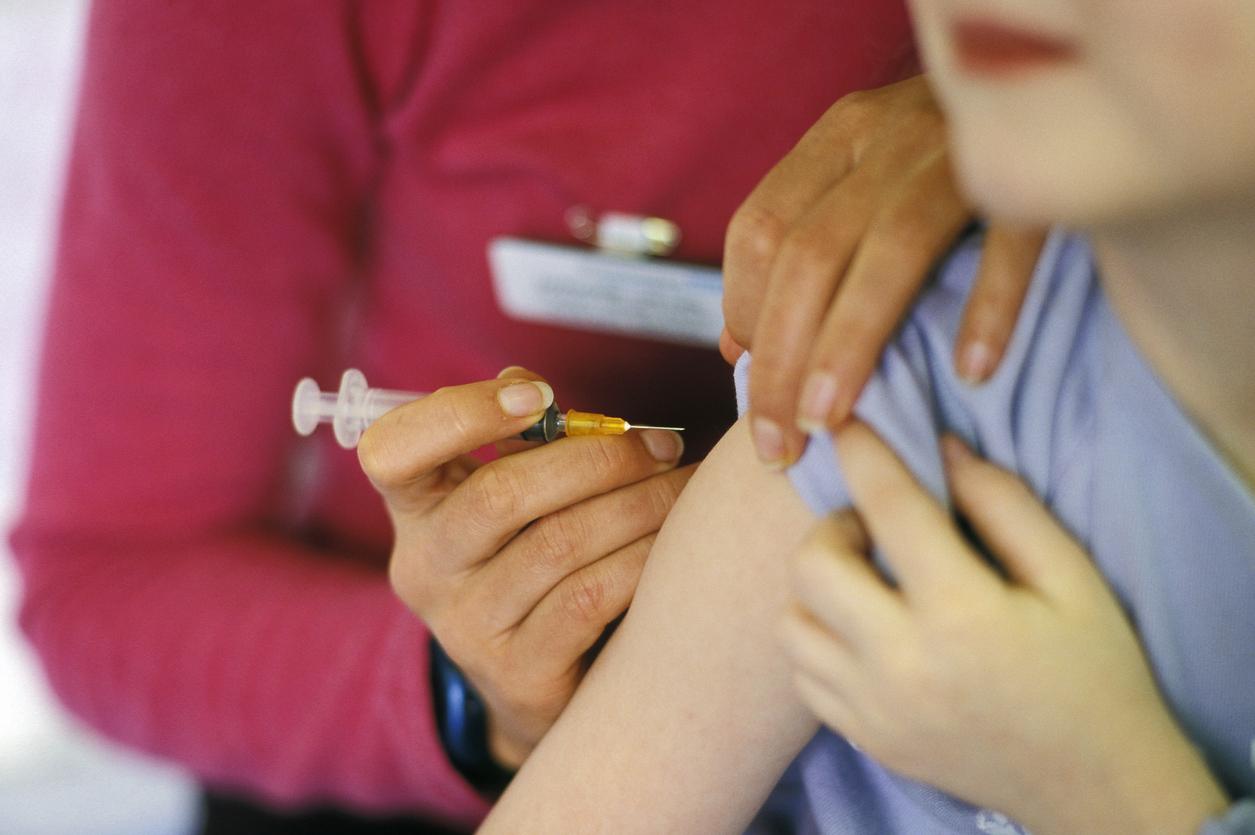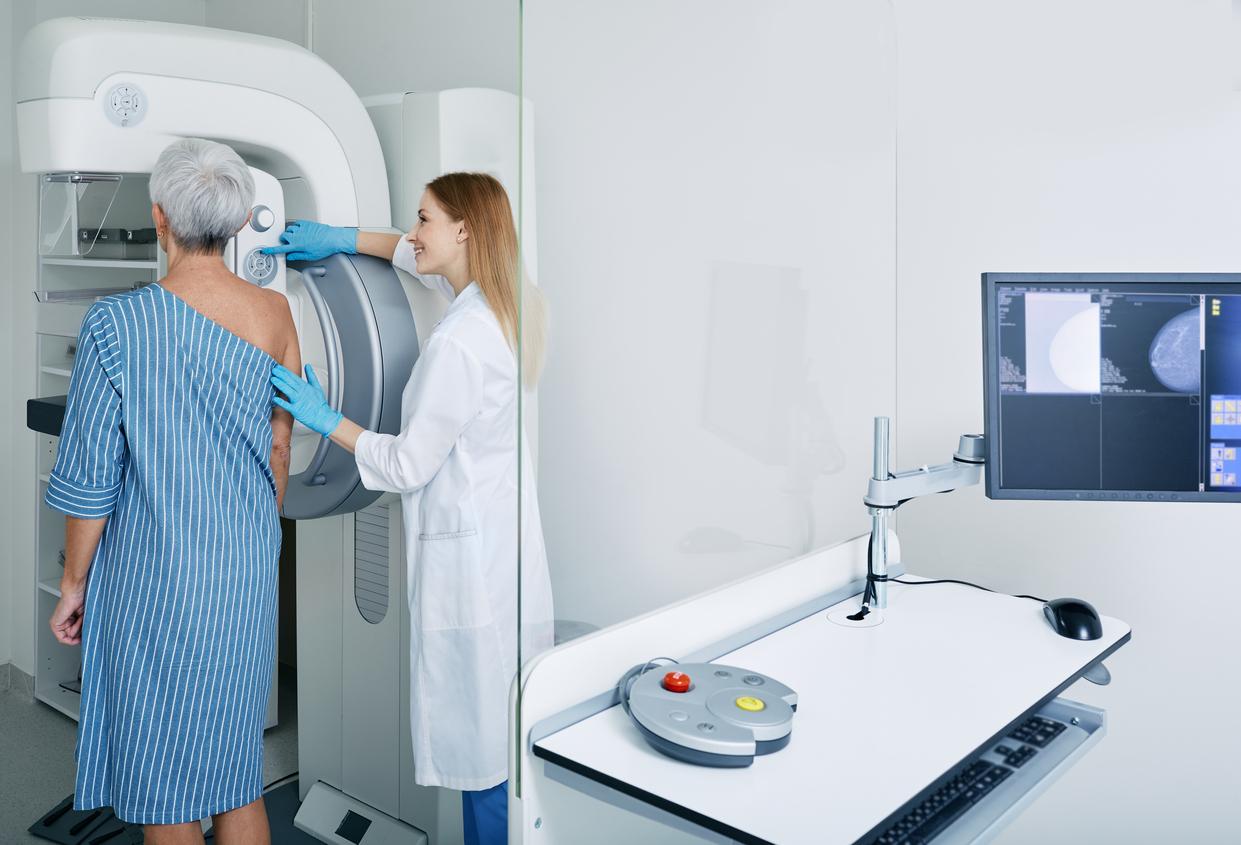An artificial intelligence model could be used in addition to echocardiography in the diagnosis of valvular heart disease.

- Echocardiography, electrocardiogram, stress test… A doctor can prescribe different tests when he suspects heart valve disease.
- An artificial intelligence developed by Japanese scientists could be a complement to the diagnosis of valvular heart disease.
- The artificial intelligence model managed to accurately categorize six selected types of valvular heart disease.
Heart valve diseases or valvulopathies are characterized by dysfunction of the heart valves, which impairs intracardiac blood flow. If valvular heart disease is suspected, a doctor may order several diagnostic tests such as an echocardiogram, an electrocardiogram, a chest x-ray or a stress test.
Artificial intelligence could improve the diagnosis of heart valve disease
In an effort to obtain more accurate diagnoses, a team from Osaka Metropolitan University (Japan) has developed artificial intelligence, which can classify heart functions and identify heart valve diseases with precision. The results of this study have been published in the journal The Lancet Digital Health. This technique could in particular serve as a complement to echocardiography.
During the research, the Japanese scientists collected multi-institutional data, so that the artificial intelligence would not be biased as can be the case when trained on a single, unique set of data. They therefore grouped together 22,551 chest X-rays associated with 22,551 echocardiograms obtained from 16,956 patients treated in four medical establishments between 2013 and 2021. Chest X-rays were considered as input data and echocardiograms as output data. So the AI model was trained to learn the features connecting the two data sets.
Six precisely categorized types of valvular heart disease
Based on the results, the artificial intelligence precisely categorized six selected types of valvular heart disease, with an area under the curve (AUC) between 0.83 and 0.92. The area under the curve is an evaluation index, which specifies the capacity of an artificial intelligence model, and which uses a range of values from 0 to 1. The closer it is to 1, the more the calculation is accurate.
“It took us a long time to achieve these results, but I think it is important research (…) Apart from improving the efficiency of doctors’ diagnoses, the system could also be used in areas where there are no specialists, in emergency cases at night and for patients who have difficulty undergoing echocardiography”said Dr. Daiju Ueda, lead author of the study and a researcher in the Department of Diagnostic and Interventional Radiology at Osaka Metropolitan University’s Graduate School of Medicine.


















